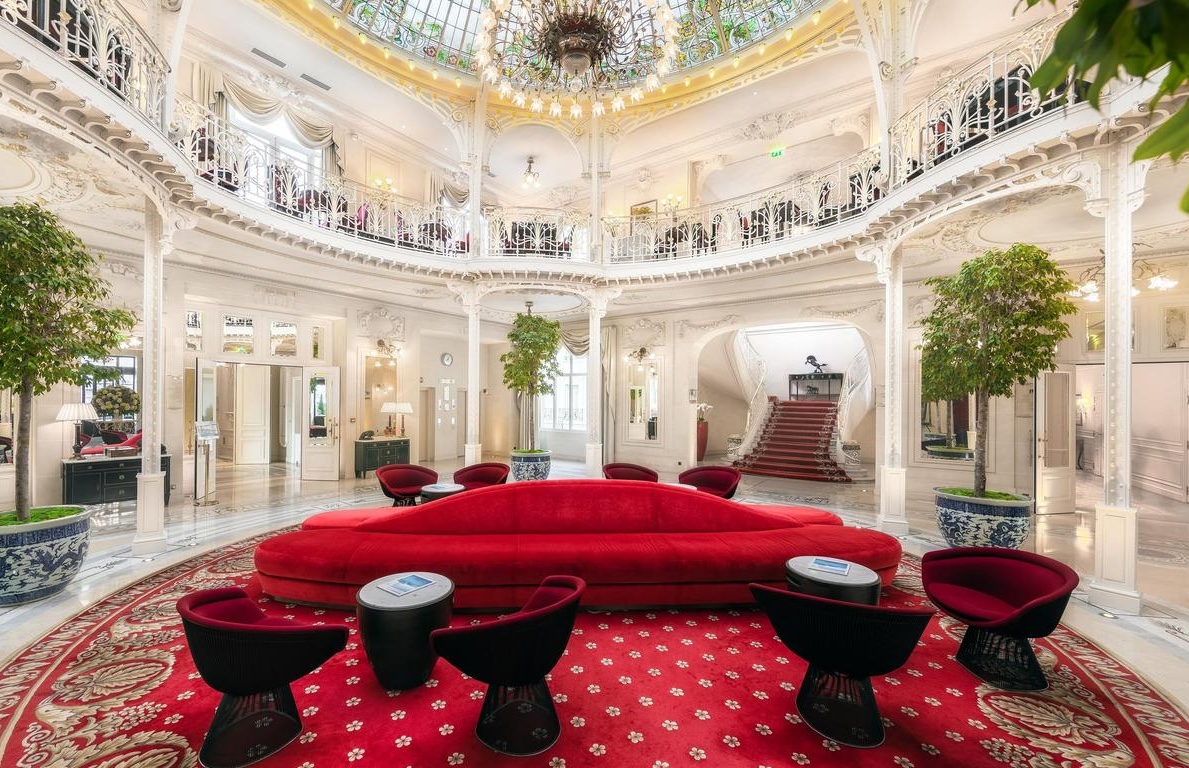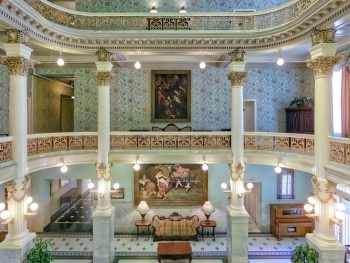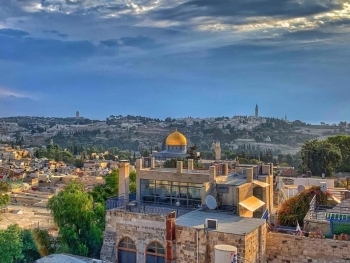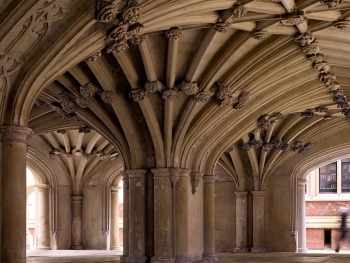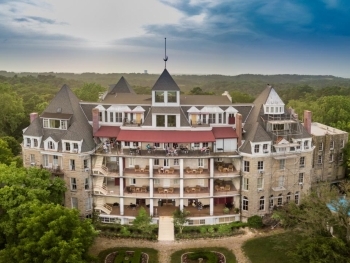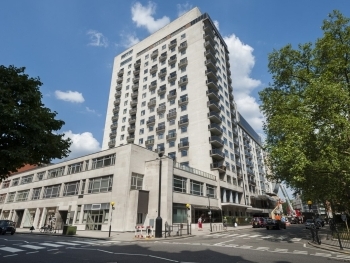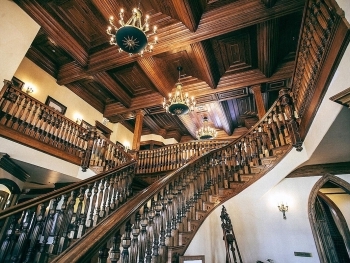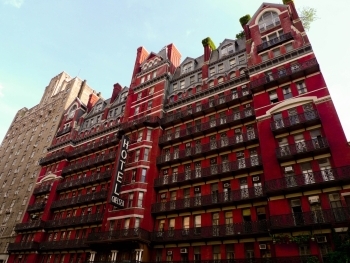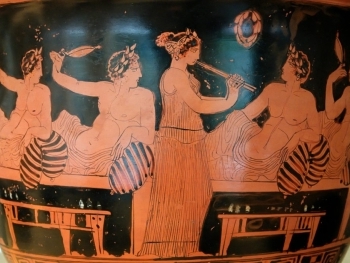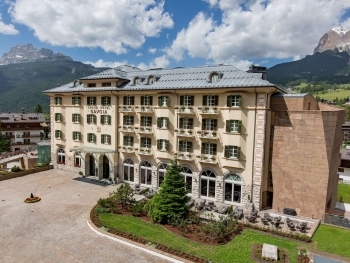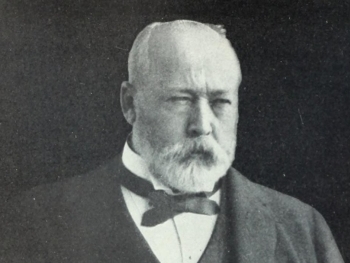In the heart of Monte Carlo, the Hotel Hermitage stands as a testament to timeless elegance and grandeur. Since its inception in 1890, this illustrious establishment has undergone a remarkable evolution, shaping itself into a beacon of opulence for discerning travelers from around the globe.
The metamorphosis from a modest inn to a lavish retreat began in 1900 when the visionary minds behind the hotel embarked on a mission to redefine luxury hospitality. Under the artistic guidance of Gabriel Ferrier, a maestro of design who had previously earned acclaim at the Universal Exhibition of 1889, the hotel's "Belle Epoque" dining room emerged as a masterpiece of opulent splendor. Adorned with magnificent frescoes reminiscent of the works of Fragonard and Boucher, it became a sanctuary of refined dining and cultural indulgence.
But it was not only in its culinary offerings that the Hotel Hermitage distinguished itself. The structural marvel of the Winter Garden, with its intricate glass roof, bore the unmistakable signature of Gustave Eiffel, the visionary engineer behind the iconic Eiffel Tower in Paris. This architectural marvel served as a testament to the hotel's commitment to innovation and excellence.
As the decades unfolded, the Hotel Hermitage continued to write its storied legacy, hosting a plethora of memorable events and attracting luminaries from various spheres of society. In 1960, the esteemed Le Maona restaurant opened its doors at the Sporting d'Eté, setting the stage for culinary excellence against the backdrop of Monte Carlo's glamorous landscape. The inaugural Monte-Carlo International Television Festival in 1961, presided over by the legendary Marcel Pagnol, marked a watershed moment in the cultural tapestry of the principality.
The centennial celebrations of Monte-Carlo in 1966 culminated in a grand ball attended by Their Serene Highnesses the Prince and Princess of Monaco, underscoring the hotel's enduring significance as a bastion of aristocratic allure. Subsequent years saw a flurry of milestones, from the inauguration of the Salon Churchill at the Hôtel de Paris to the creation of the Monte-Carlo Sporting Club, each contributing to the ever-growing legend of Monte Carlo's hospitality landscape.
In the latter part of the 20th century, the Hotel Hermitage continued to redefine luxury living, undergoing a series of renovations and enhancements to elevate the guest experience to unparalleled heights. From the inauguration of Les Thermes Marins de Monte-Carlo in 1995 to the introduction of exclusive suites on the upper floors, the hotel remained at the forefront of innovation, seamlessly blending tradition with modernity.
The culinary landscape also witnessed remarkable transformations, with the arrival of acclaimed chefs such as Didier Aniès, whose culinary prowess earned him accolades and recognition on the global stage. The meticulous restoration of the Hotel Mirabeau, directed by Monaco-based architects Ivan Brico and Ange Pecoraro, further underscored the hotel's commitment to preserving its architectural heritage while embracing contemporary sensibilities.
Today, as guests traverse the corridors adorned with ornate cornices and bronze wall lights, they are enveloped in an ambiance of timeless elegance and sophistication. From the serene sanctuaries of the Spa Mirabeau to the exclusive allure of the newly inaugurated apartment-suites, the Hotel Hermitage Monte Carlo continues to captivate the imagination, inviting travelers to embark on a journey of unparalleled luxury and refinement.
